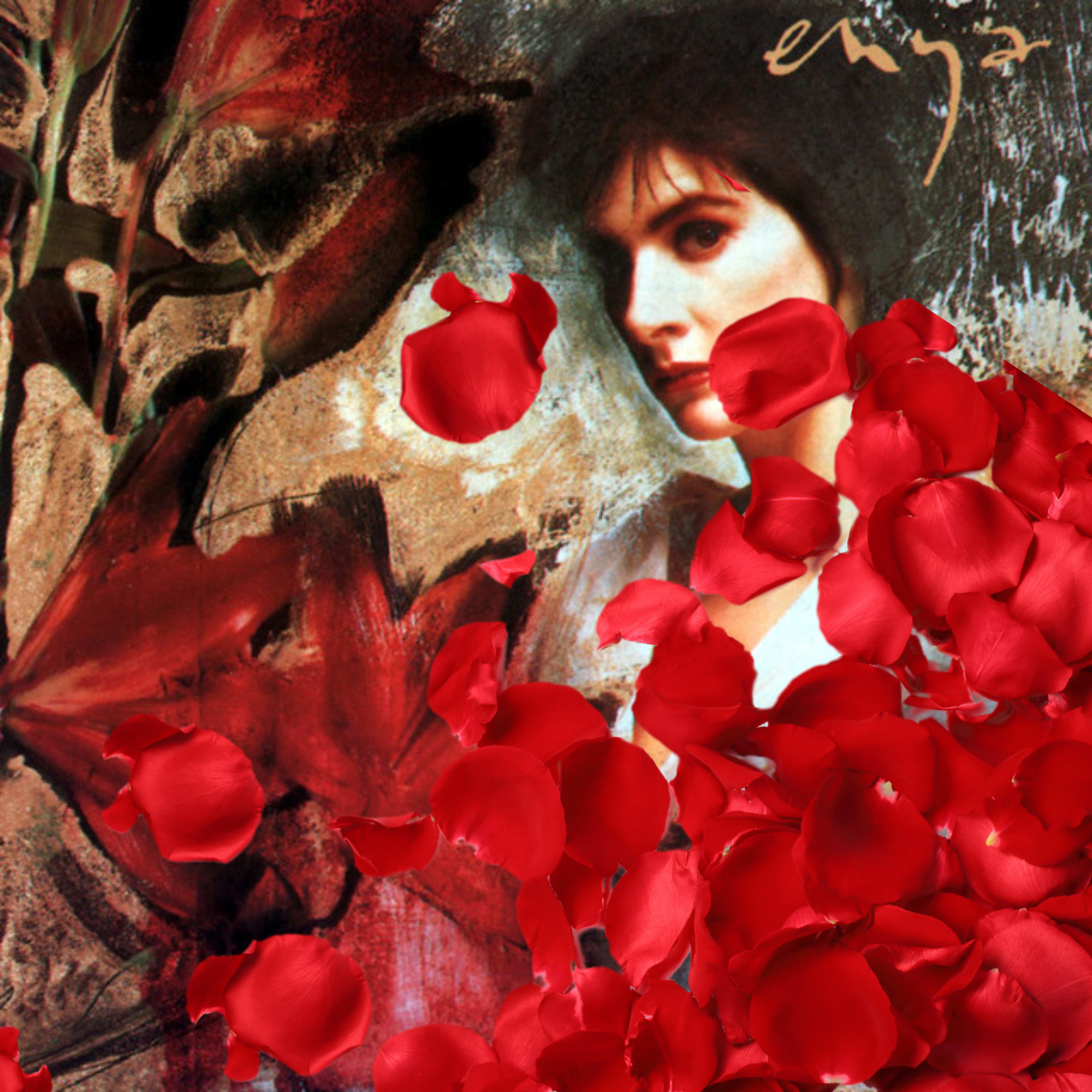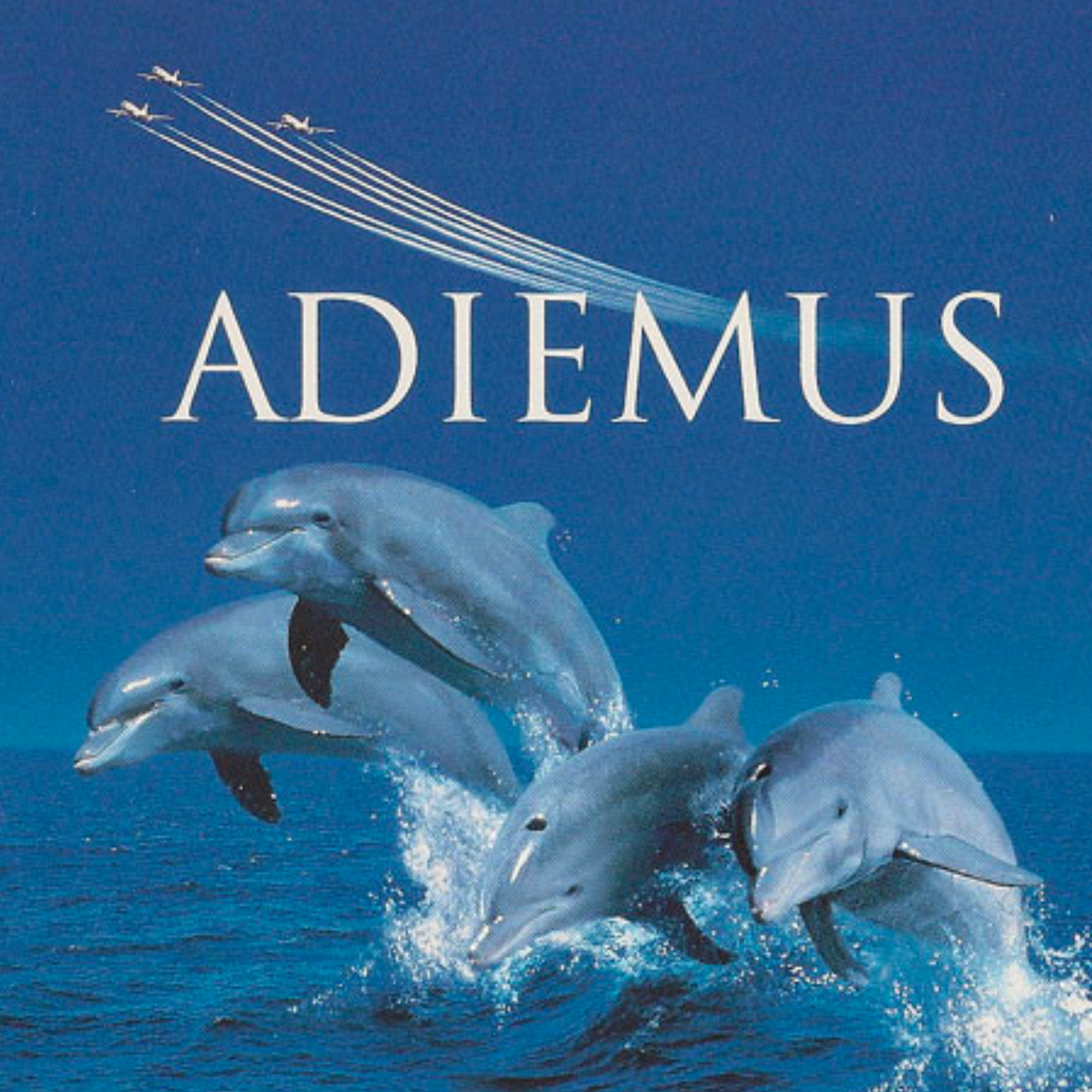Vita Dadoo on the handicrafts empire that turned to sonic exploration.
Everything was right with the world when a 22-year-old Dan Storper visited the Putumayo River in 1974. Equipped with an academic background in the field of Latin American Studies and a precocious foray into anthropology by way of his aunt, a visiting scholar in Mexico, Storper sat by the side of a stream and watched. The sun shone. Locals returned home from the fields and put on their carnival costumes. Absent the wrongs that would find their way to the Colombian Amazon–namely, the armed violence that would later plague the region–Storper from Great Neck, New York, turned his eye to everything that felt right: the lush landscape, birds mid-flight, the mountains in the distance, an impending celebration.
Storper took his trove of memories and artifacts and turned them into Putumayo–a modest empire of handicrafts stores that cropped up in New York, New Jersey, Boston, and Washington D.C starting in 1975. Replete with ephemera, huaraches, and apparel from almost every continent, Storper’s piece of the world in Manhattan became the site of a burgeoning sensibility, a fulcrum for the globally curious citizen.
Storper’s piece of the world in Manhattan became the site of a burgeoning sensibility, a fulcrum for the globally curious citizen.
At its height, between 1987 and 1997, Putumayo sold handicrafts and women’s clothing to over 600 boutiques across the country. It was a member of a group called the Social Venture Network, which included brands like The Body Shop, Ben & Jerry's, and Patagonia, becoming a stand in for this new form of conscious consumption that, to some, could veer on the kitschy.
“I’ve had it with these Mayans!,” Elaine Benes, played by Julia Louis-Dreyfus, utters on an episode of Seinfeld after an encounter with an aloof, top-bunned cashier at the Putumayo store. Elaine, intent on boycotting Putumayo, dances in gyrating motions outside of the store, wearing something reminiscent of a fez, turquoise jewelry, and a velvet caftan she purchased from an alleged competitor, Cinco de Mayo. “No wonder we’re getting so much rain,” says Jerry in response to Elaine’s antics.
As the 1990s wrought “the end of history” in the West, Putumayo turned its ears towards the rest of the world and expanded beyond crafts. Putumayo World Music’s compilations began trading in moods and journeys, for American and international audiences alike. In the early retail days, mixtapes of Bob Dylan and Dan Hicks interspersed with music from South America soundtracked the curio-shopping experience in Putumayos. By 1993, full compilations featuring songs from musicians of the world, pressed on CDs with extensive liner notes written by ethnomusicologist Jacob Edgar and bespoke illustrations in the style of naïve art by British artist Nicola Heindl, brought the Putumayo experience to your home.
|  | Feb 15, 2024 |
|
|  | Feb 14, 2024 |
|
|  | Feb 13, 2024 |
|
|  | Feb 12, 2024 |
|





